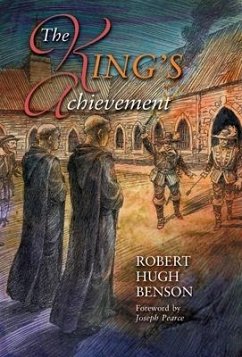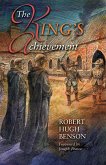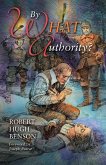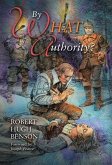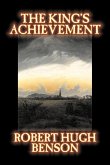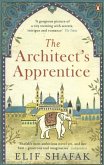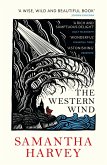One of the most coldly calculated acts of Henry VIII during the Reformation was the dissolution of the monasteries. Monks and nuns were driven from their cloisters; the abbeys were plundered and turned over to greedy courtiers. From these ignoble proceedings came Robert Hugh Benson's inspiration for this great historical novel, the story of a house divided against itself. The Torridon brothers are sworn to serve different masters; one is a monk, in love with the Mass and the Faith of Ages, the other an agent of the Crown, in love with Beatrice Atherton, a protege of Sir Thomas More. Among the giant figures who move through the tale are those of St. John Fisher and St. Thomas More, the ruthless King Henry VIII, and the grasping Cromwell. Their actual deeds are carefully woven into this harrowingly romantic tale of the attempted destruction and resilience of the Catholic Faith in England.

